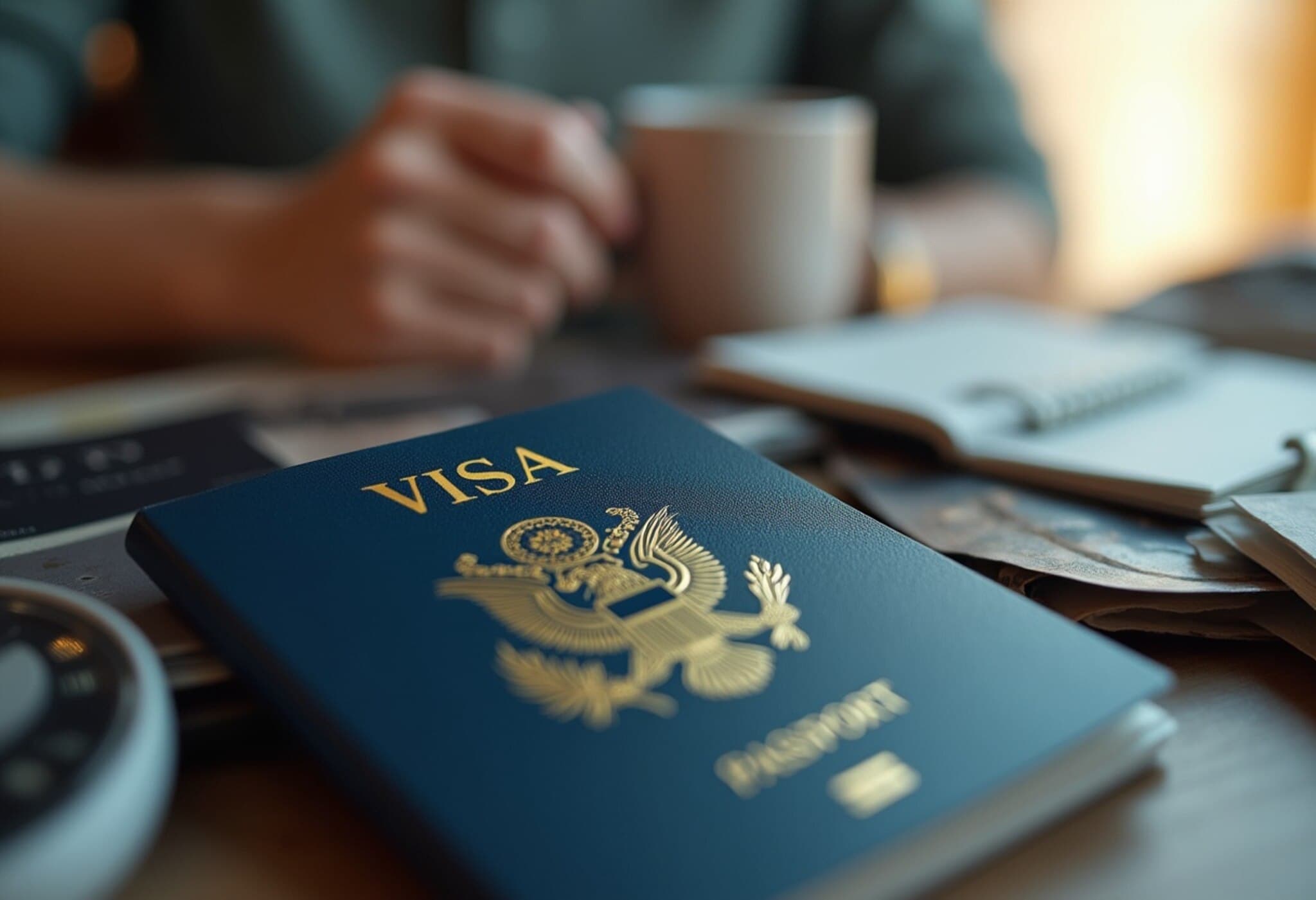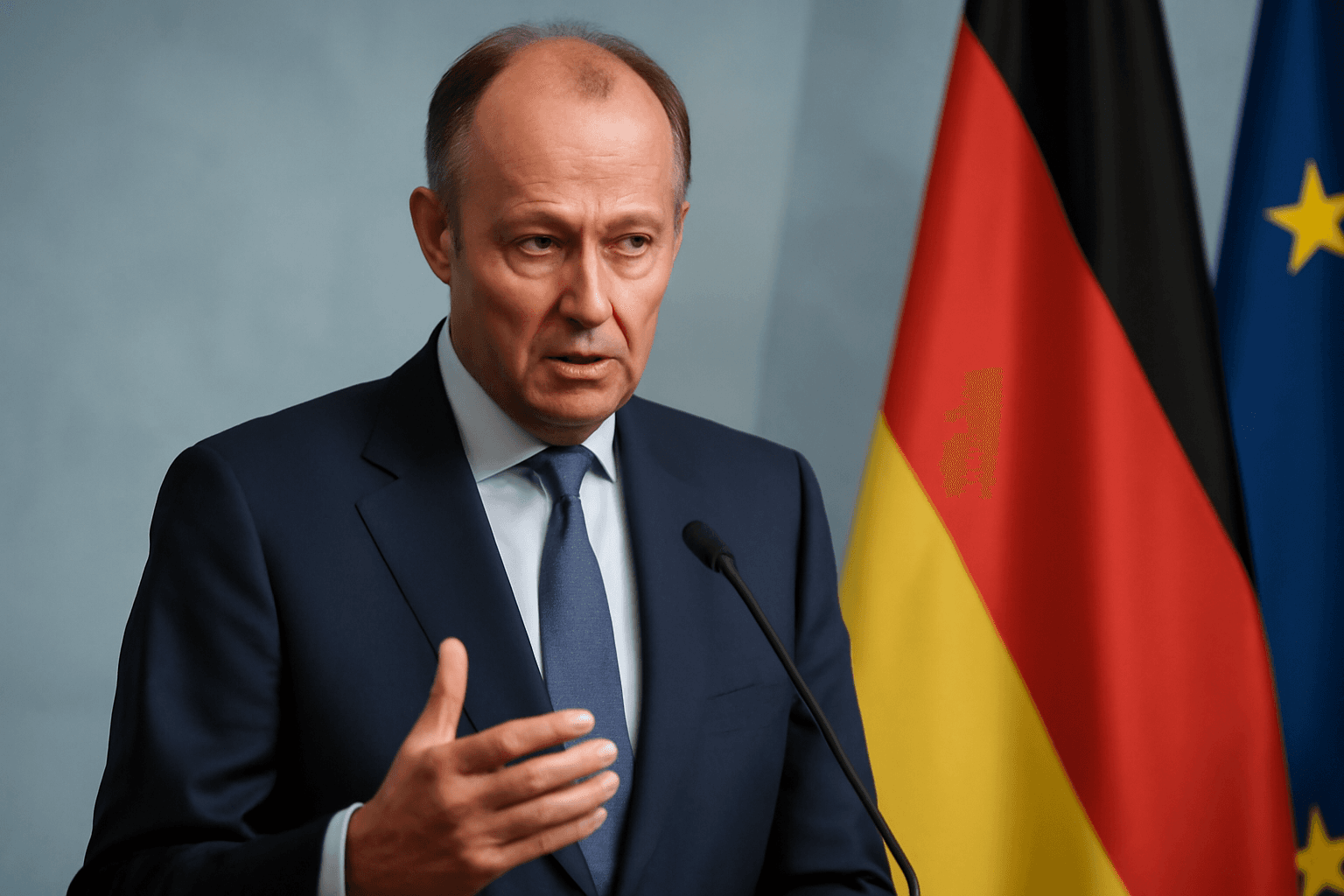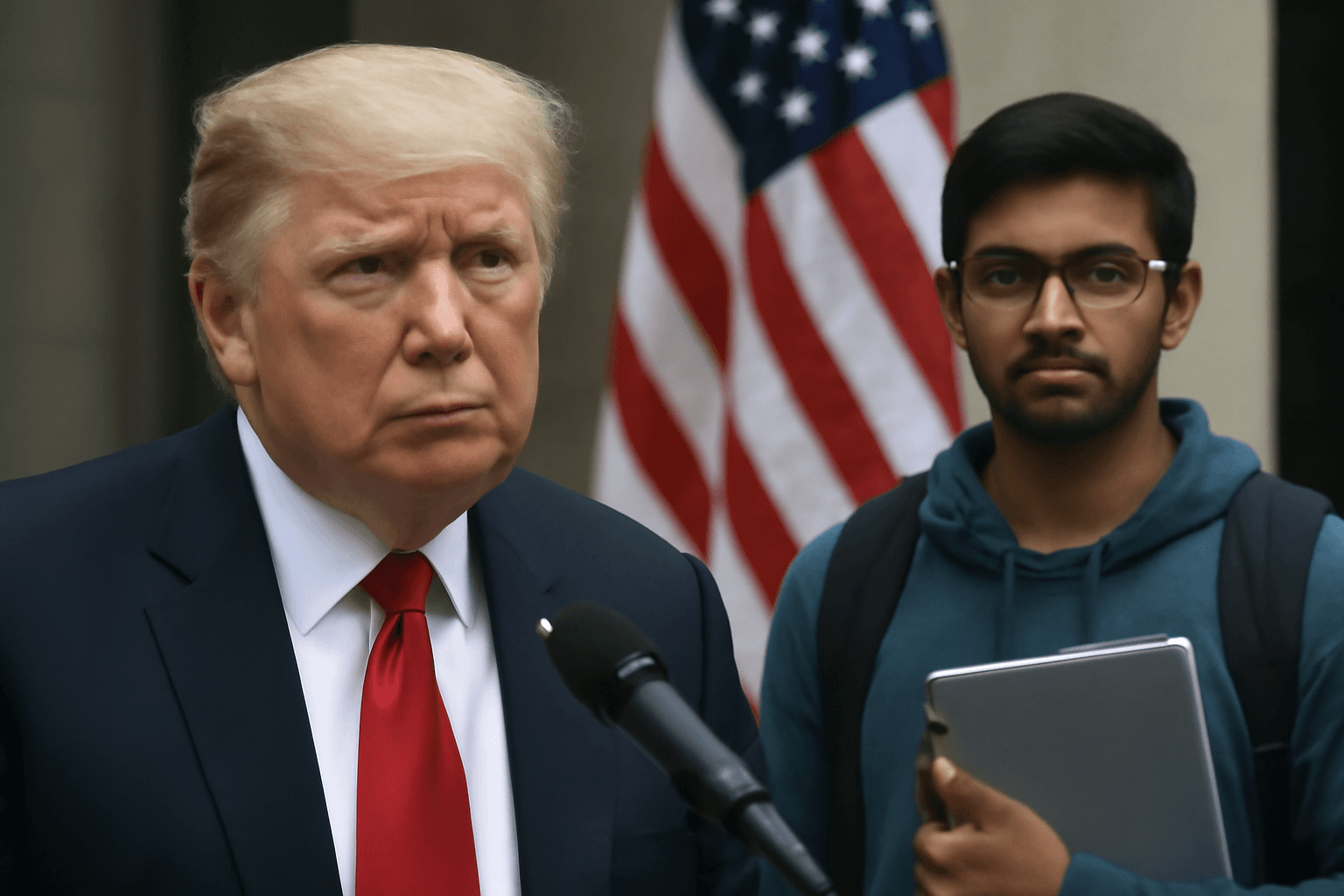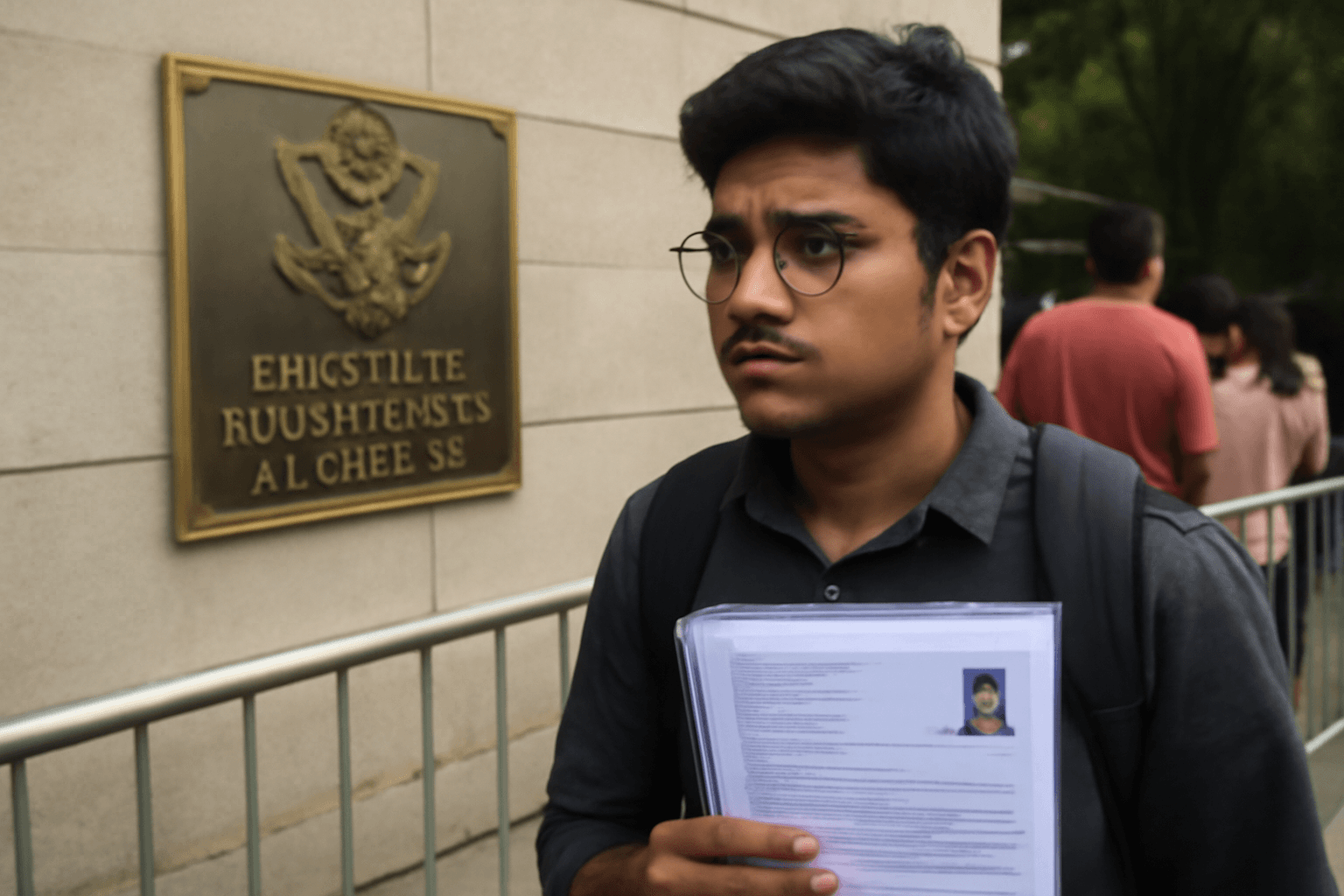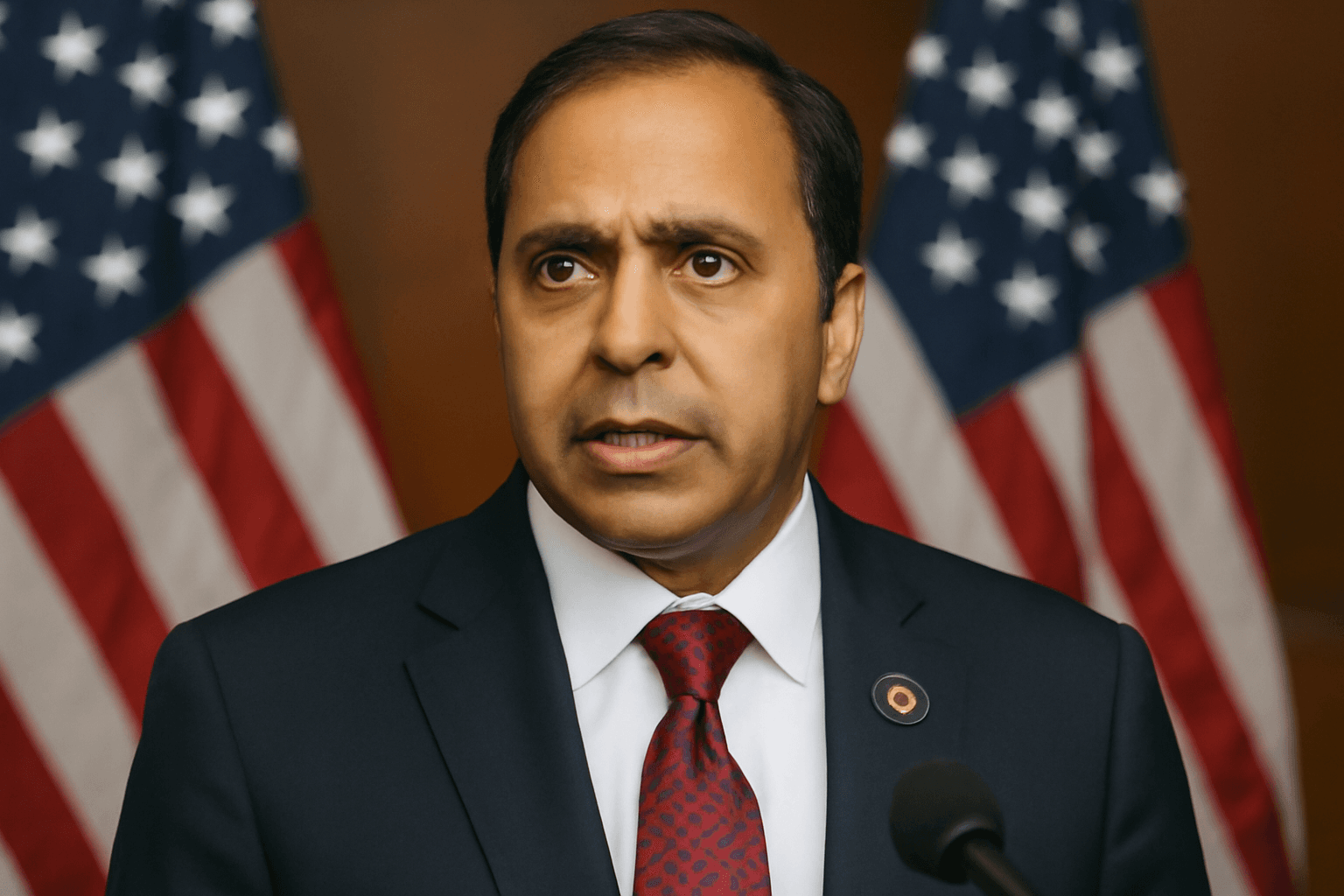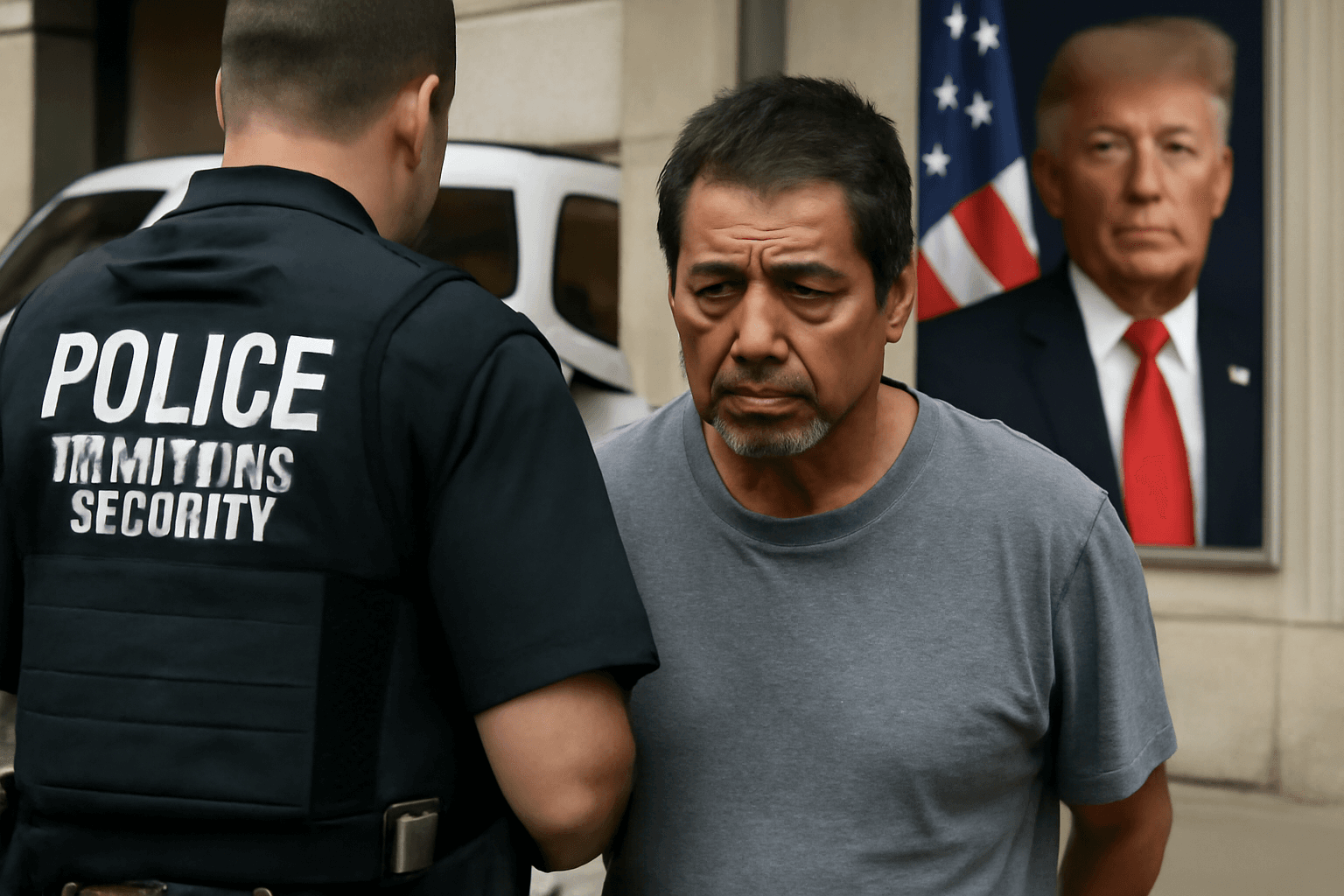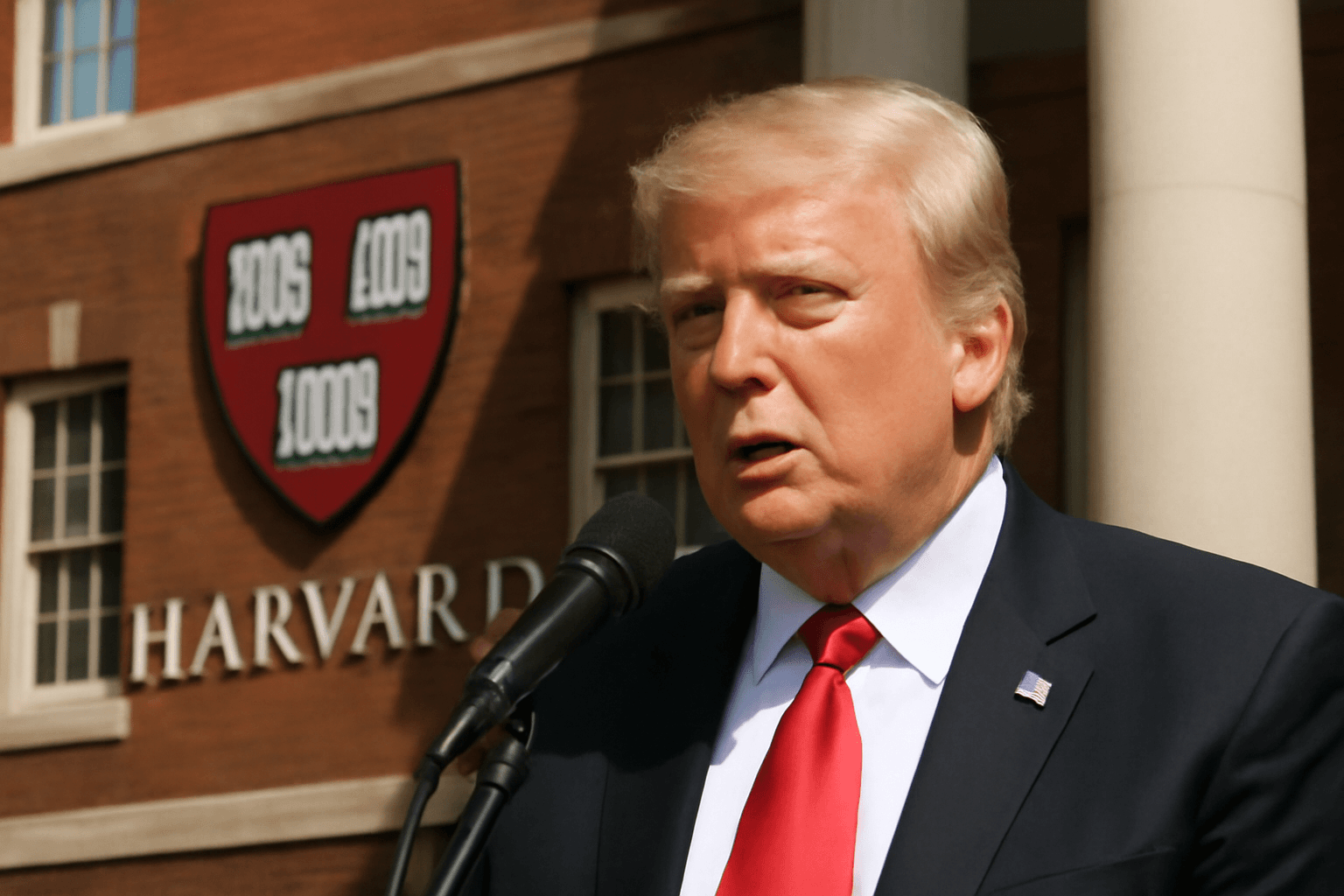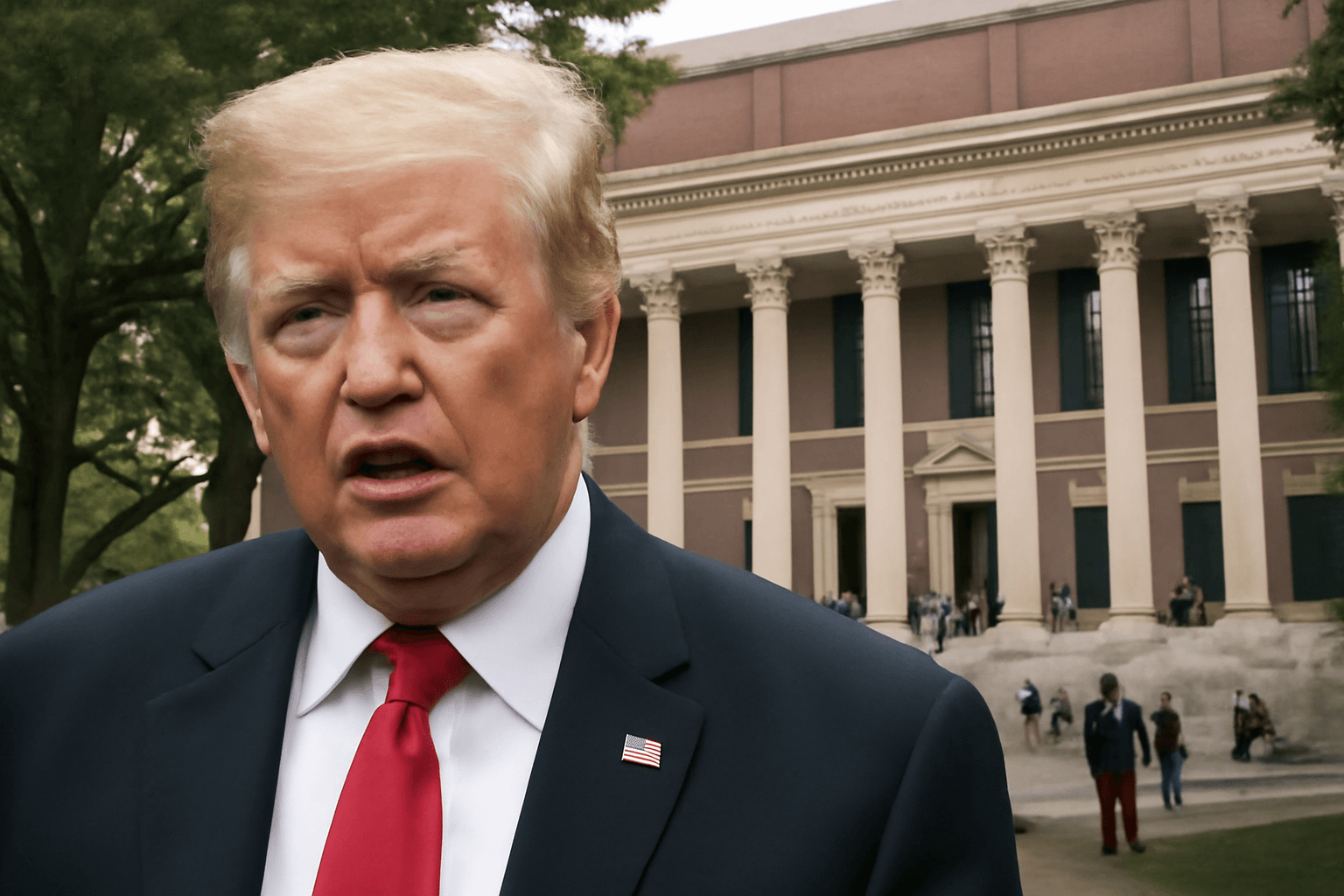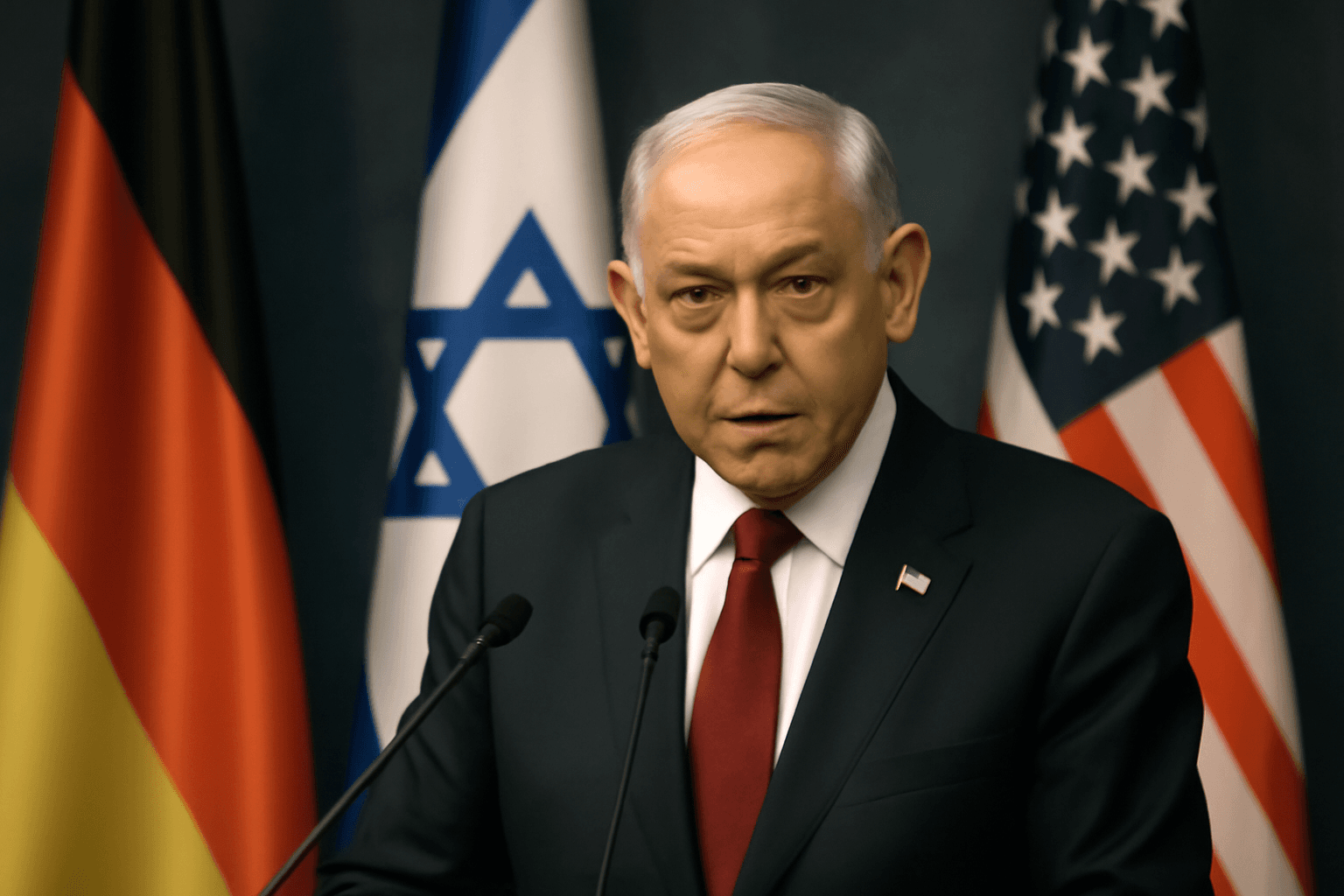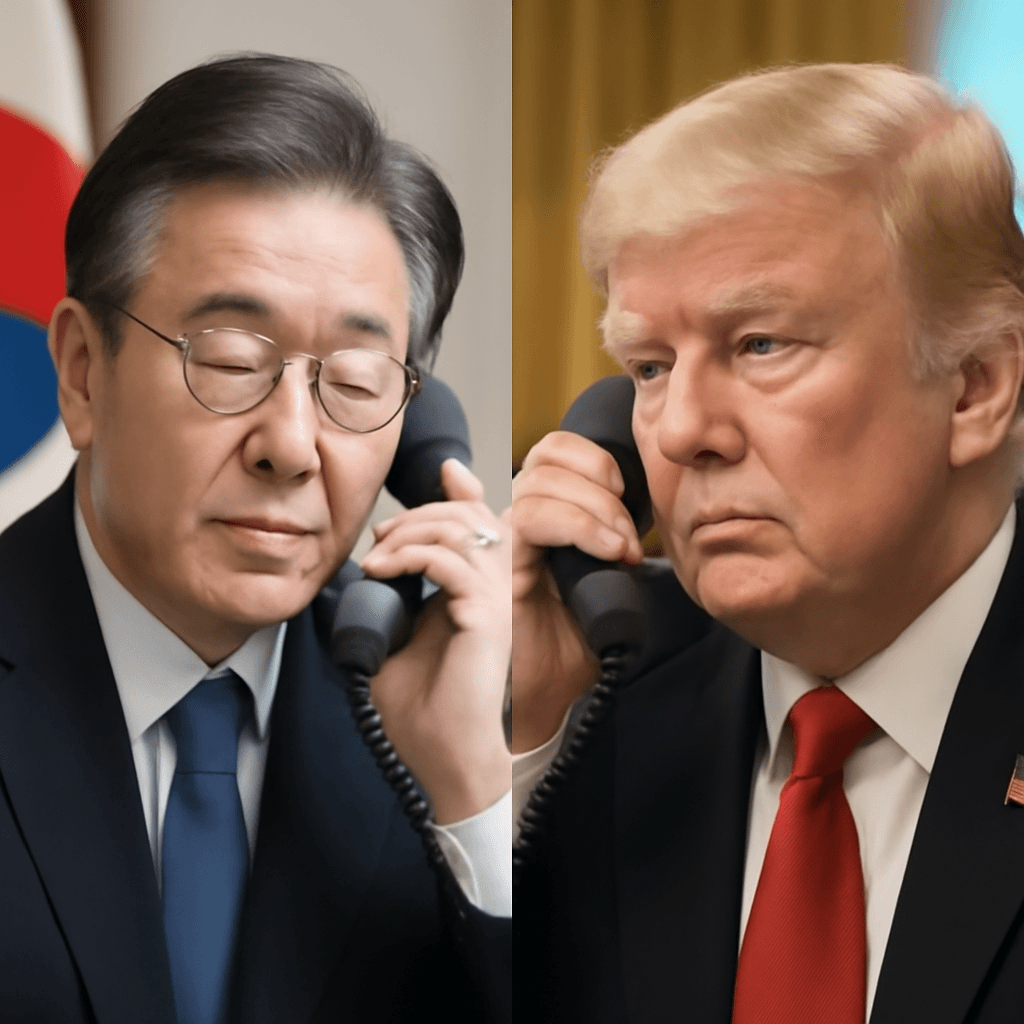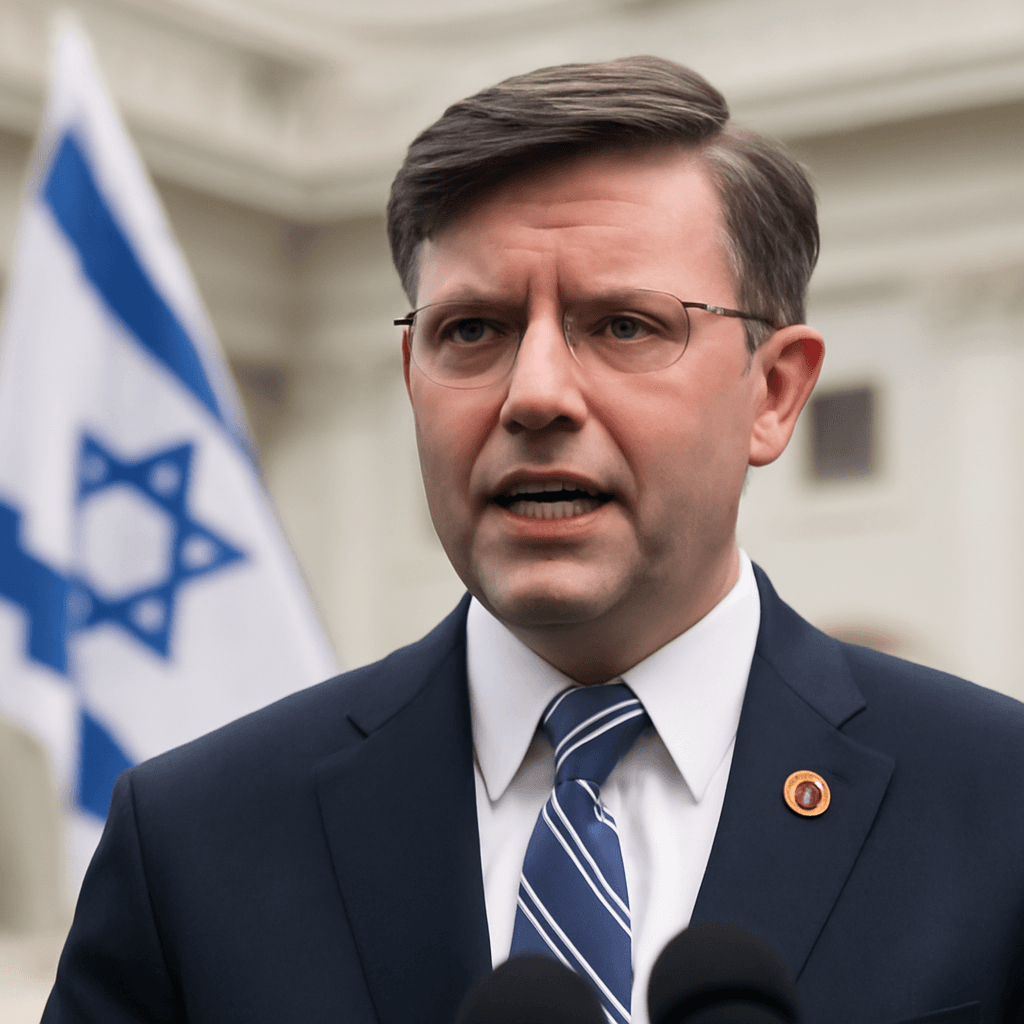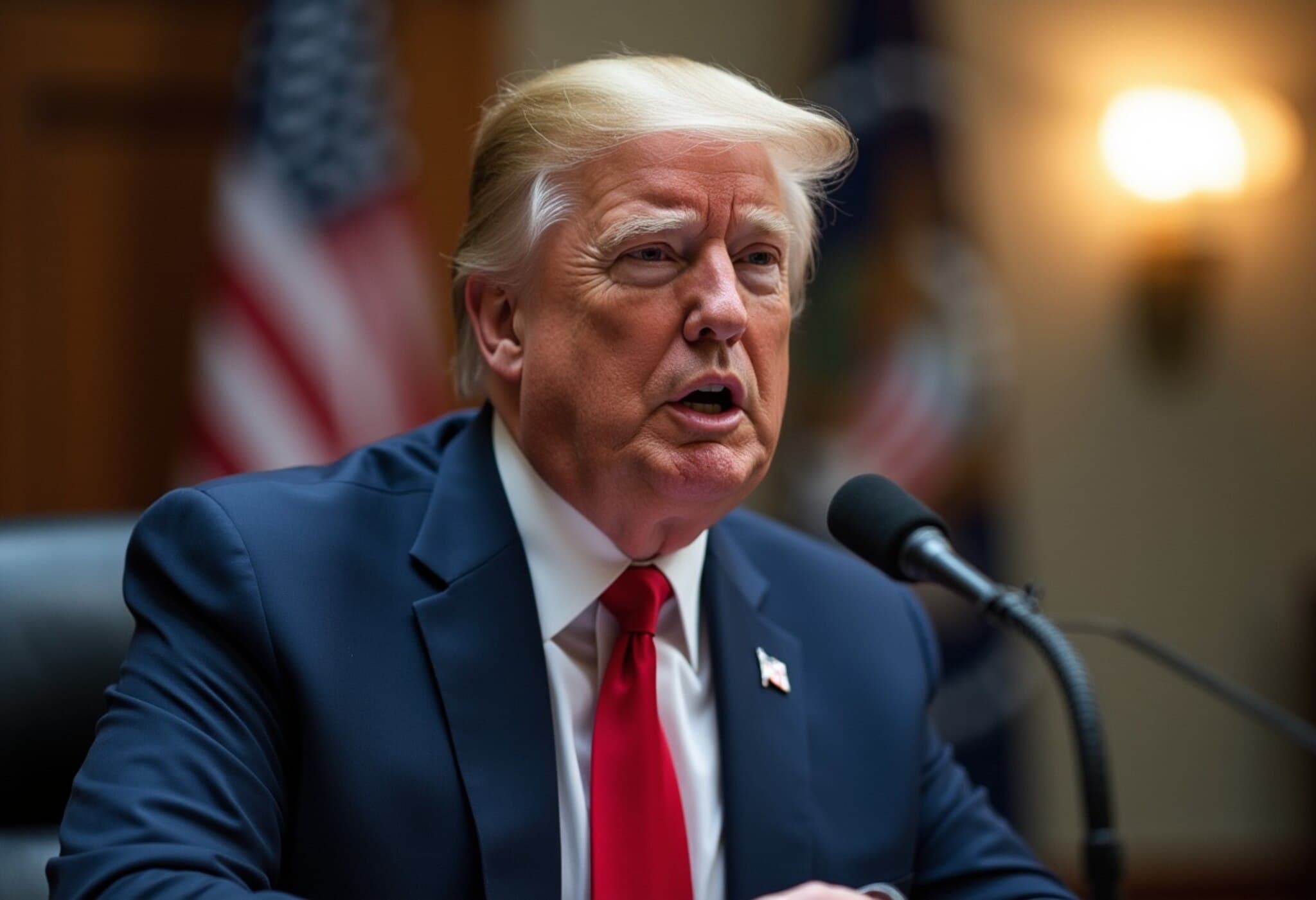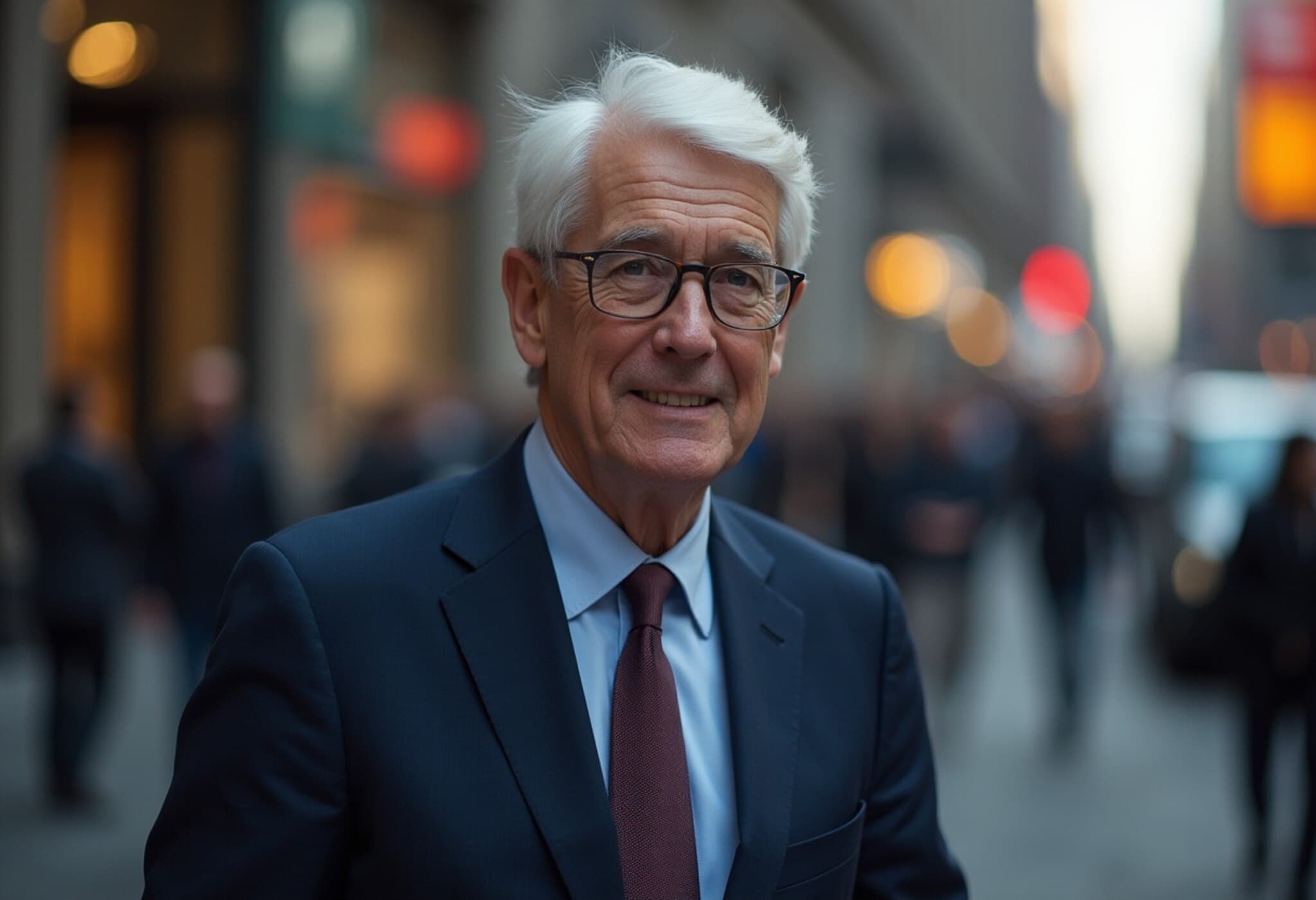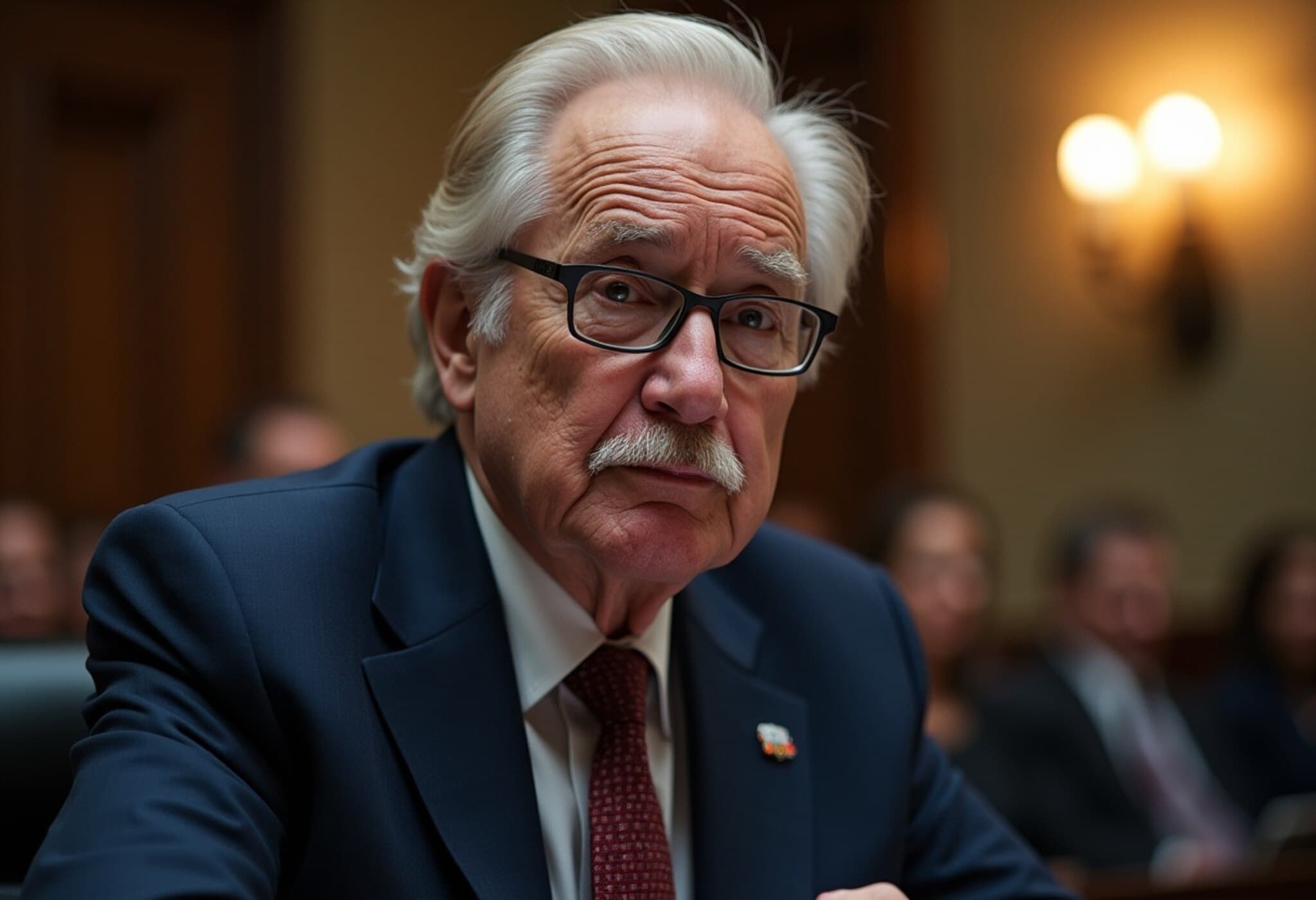New State Department Bond Requirement Targets Visa Overstays
Starting August 20, 2025, the U.S. State Department will roll out a pilot program mandating certain foreign visitors from select countries to post bonds as high as $15,000 when applying for B-1 and B-2 visas. These visas are commonly issued for short-term business or tourism purposes. The program will run through August 5, 2026, according to details published this week in the Federal Register.
Purpose Behind the Bonding Program
This initiative is aimed squarely at tackling the persistent challenge of visa overstays — a key focus of recent U.S. immigration policy shifts. The program harks back to former President Donald Trump’s January executive order titled "Protecting The American People Against Invasion," reflecting ongoing efforts to enforce more stringent immigration controls.
A State Department policy summary describes the pilot as "a tool of diplomacy," designed not only to dissuade overstays but also to compel foreign governments to enhance travel document security and improve screening and vetting processes. Fundamentally, it seeks to encourage countries with high overstay rates to take swift actions.
Details of the Bond Requirements
- Visa applicants from qualifying countries will be required to post bonds of $5,000, $10,000, or $15,000, determined on a case-by-case basis by consular officers.
- The bond amount will depend on applicant information such as purpose of travel, employment status, income, education, and skills, as revealed during the visa application or interview.
- Applicants who comply with visa rules and return within the authorized stay will have their bond fully refunded.
- Conversely, overstayers forfeit their bond, effectively imposing a financial penalty.
Why Malawi and Zambia?
Initially, the program will affect visa applicants only from Malawi and Zambia, who will also be restricted to entering and exiting the U.S. through Boston Logan International Airport, John F. Kennedy International Airport, or Washington Dulles International Airport. The final country list remains fluid and subject to updates.
Experts and observers note the choice of Malawi and Zambia is somewhat puzzling given that reports, including recent Department of Homeland Security data, rank other countries such as Chad, Laos, and Haiti as having even higher overstay rates. The discrepancy raises questions about the criteria and diplomatic considerations behind the selections.
Broader Implications for Immigration Policy
This pioneering move fits within a larger trend of tightening U.S. immigration controls, reflecting the current administration’s commitment to strict enforcement. It also signals potential new standards that could expand to other nationalities depending on outcomes.
For travelers, the program adds a significant financial barrier, particularly to applicants from lower-income countries. Consequently, it has sparked debate among immigration advocates, economists, and diplomats about the fairness and effectiveness of bond requirements as a deterrent.
Expert Commentary
Immigration policy analyst Dr. Linda Martinez from the Center for Migration Studies observes, "While the goal of reducing overstays is legitimate, imposing large bonds can disproportionately affect applicants who may already face financial hardship, potentially impacting legitimate tourism and business travel. It is essential that the policy balances enforcement with equitable treatment."
Furthermore, legal experts urge close monitoring of the pilot to assess its impact on bilateral relations and visa application success rates, cautioning that aggressive measures, if perceived as punitive, could undermine soft diplomacy objectives.
Looking Ahead
The State Department has not clarified whether this pilot will expand to other countries exhibiting high overstay rates in the near future. Stakeholders await further guidance, keen to see how this financial instrument influences traveler decisions and whether it effectively reduces overstays without unintended consequences.
As U.S. visa policy continues evolving, applicants and foreign governments must stay alert to emerging requirements, notably those that intertwine diplomacy with enforcement, such as this bond program.
Editor's Note
This new bond program highlights the ongoing balancing act in U.S. immigration policy between border security and maintaining international goodwill. While it presents a novel mechanism to curb overstays, the selection of countries and financial demands raise important questions about fairness, efficacy, and diplomatic nuances. Observers and policymakers alike should follow this pilot closely to understand its broader implications on U.S. global engagement and immigrant communities.

